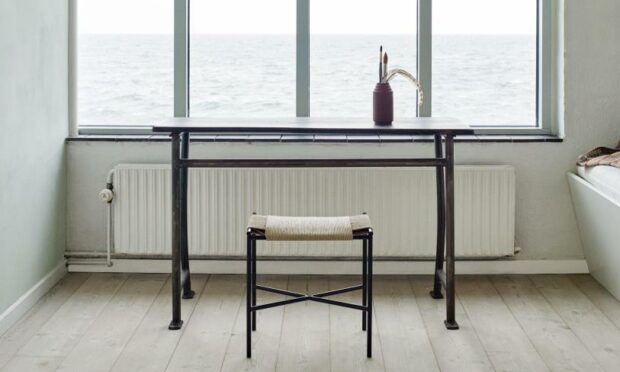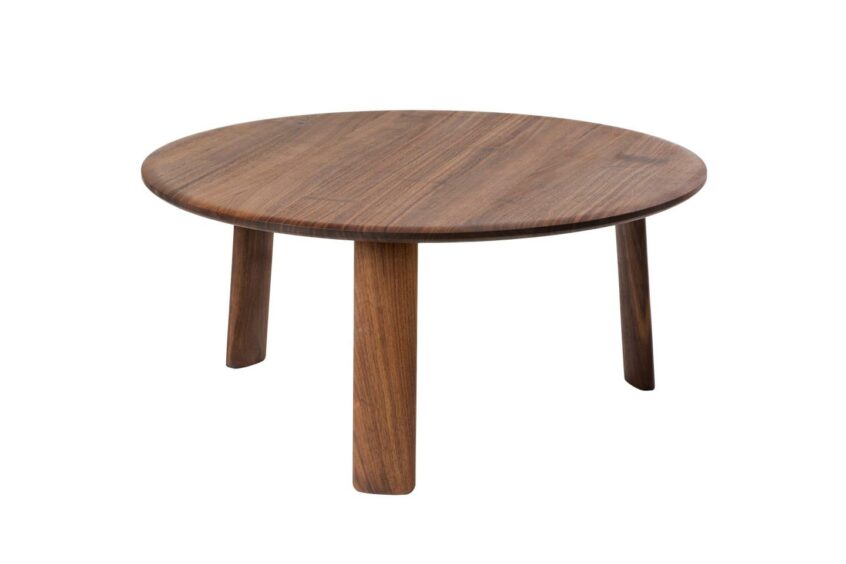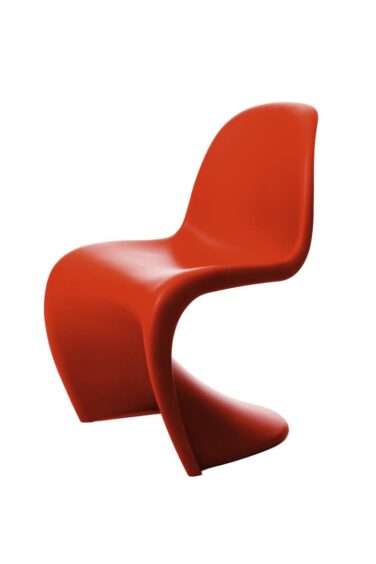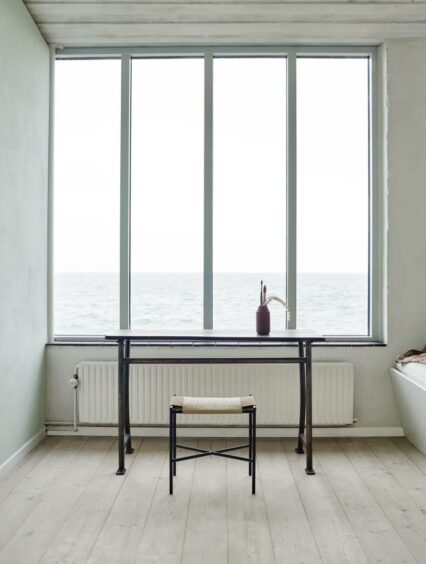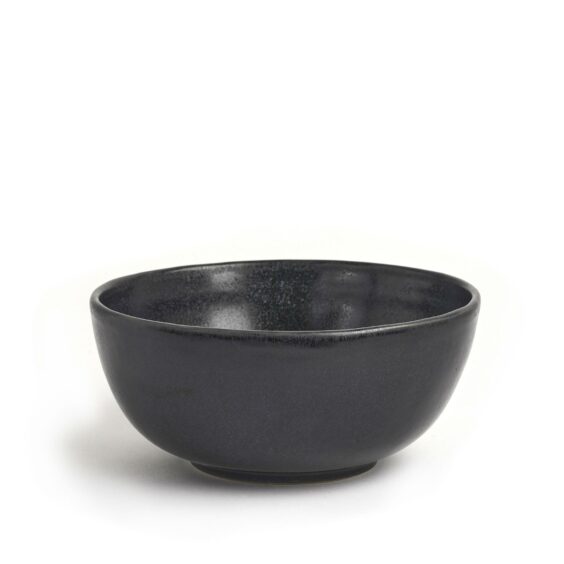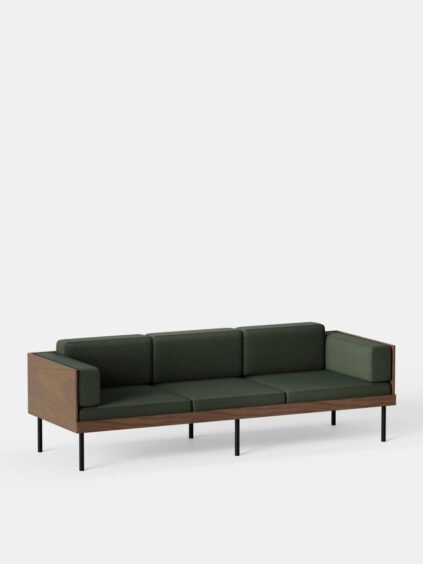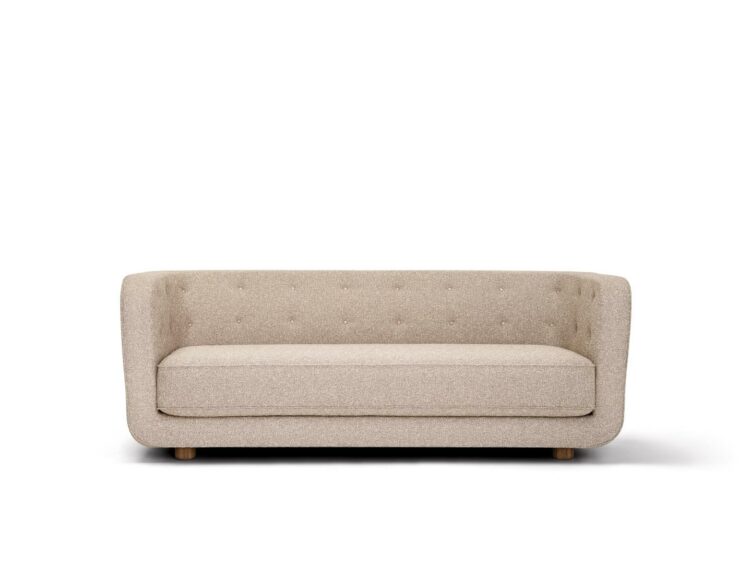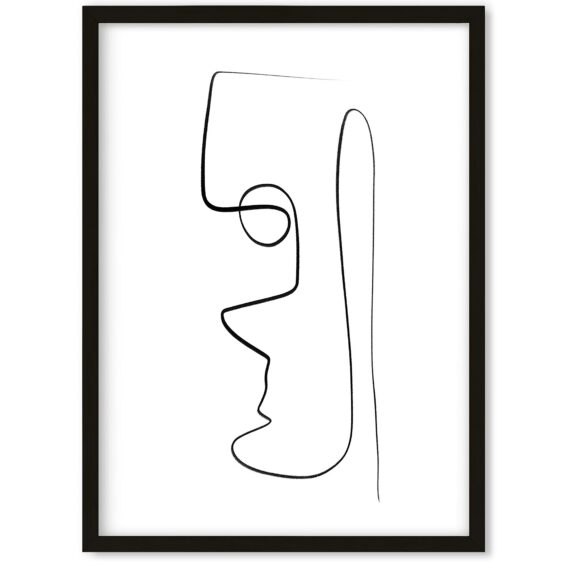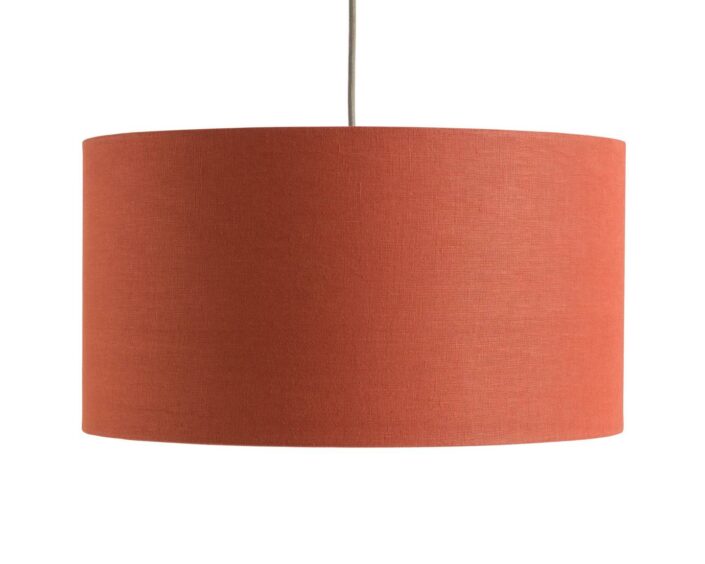Film fans may remember a scene in biopic Shadowlands where CS Lewis, played by Anthony Hopkins, and his brother agree upon the merits of saying as little as possible.
Imagine if we applied this pursuit of understatement and restraint not only to conversation but to our lives in general.
We might consume less and value more, gossip less and reflect more, stress less and relax more.
If extended to interior design we would call this approach minimalism, not to be confused with the 1960s art movement of the same name, but an evolution of the architectural principles of modernism where visual clutter is eliminated and structure is reduced to only its essential elements.
It’s not just about being “tidy” despite what television programmes that shame us into throwing away our stuff might have us thinking.”
It’s about working out what we need and how this can best be achieved in an aesthetically pleasing way.
That last part is important, because without beauty, the exercise is pointless.
If we are to eschew ornament, attention should be paid to materials and surfaces and the play of light across them.
It’s not enough to reduce; what remains needs to be pristine and deployed with precision because in the absence of variety and detail, this is the sole focus of attention.
The minimalist lifestyle is not for everyone and for all its apparent simplicity it is, ironically, extraordinarily difficult to achieve from a design point of view and then to maintain given the practicalities of modern living.
But if we can agree that our homes say something about us, the question is, what is it that we want to say?
